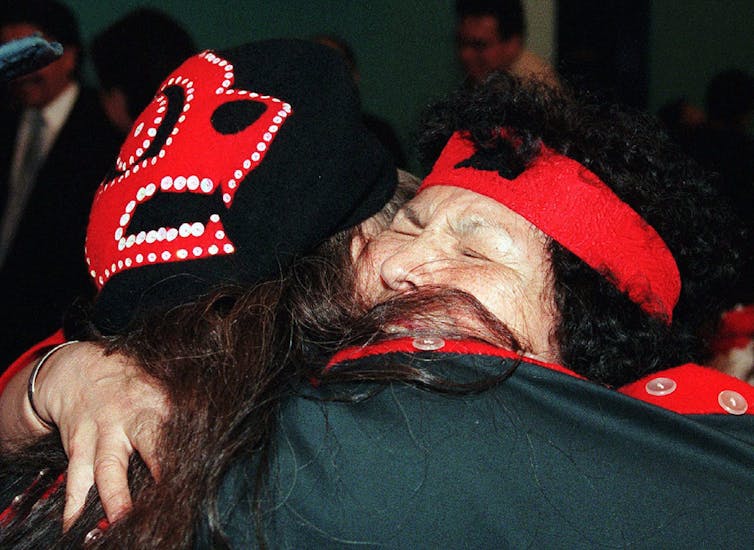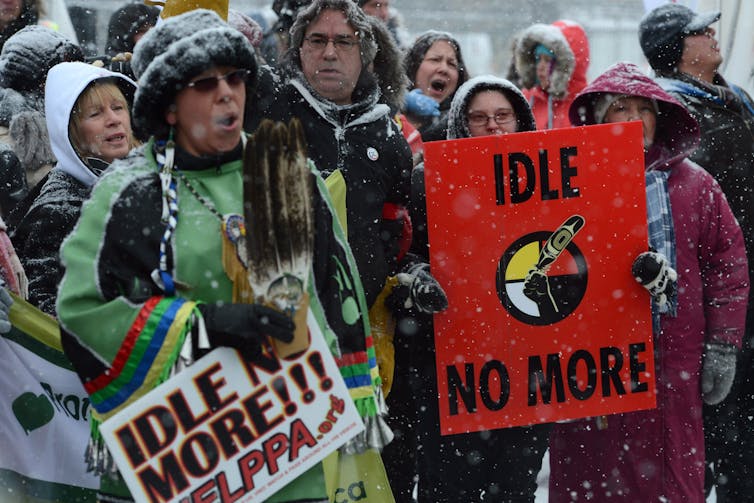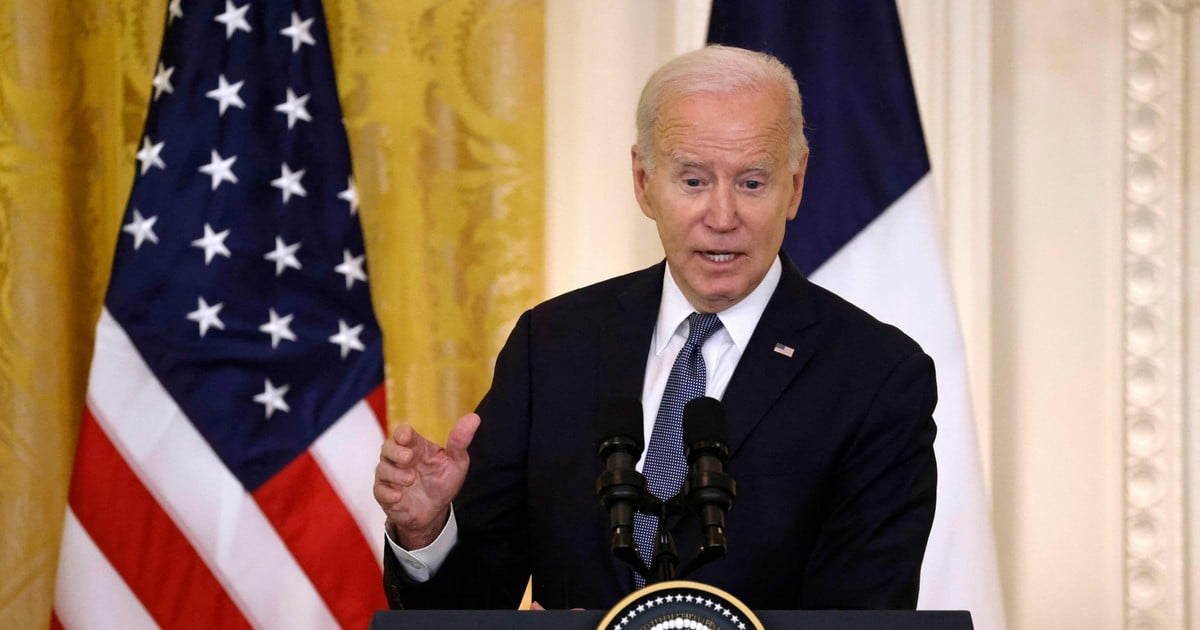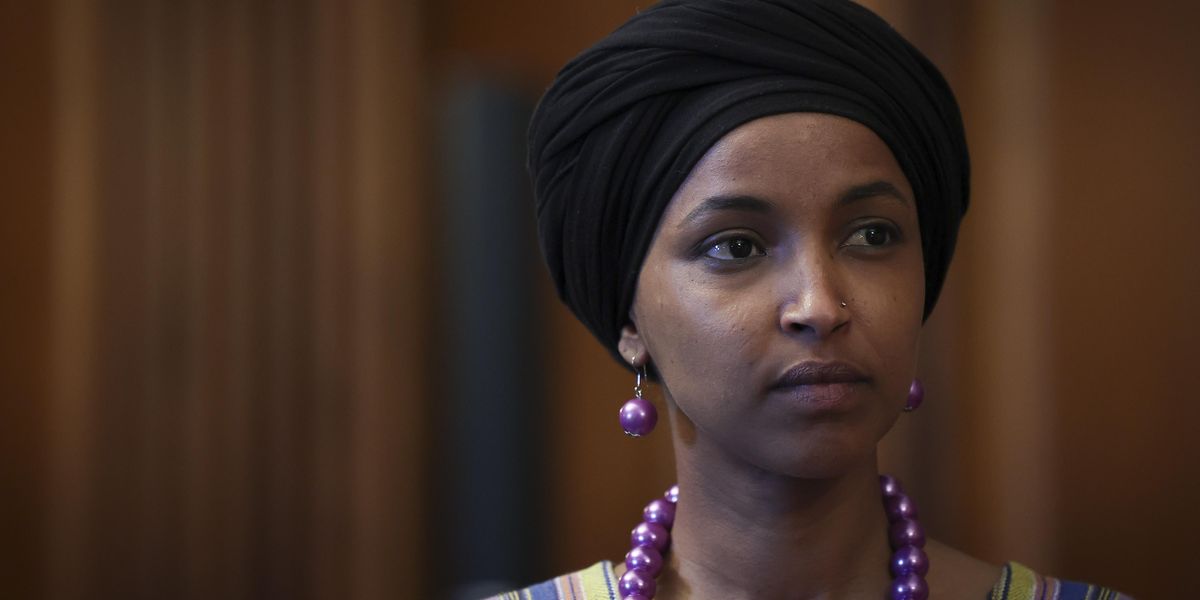This year marks the 25th anniversary of the Supreme Court of Canada’s Delgamuukw case on Aboriginal title. In 1997, the Wet’suwet’en and Gitxsan Nations brought the watershed case before the Supreme Court, yet a countrywide battle remains over implementation of the Delgamuukw decision involving all First nations.
The Nations sought a declaration of ownership and jurisdiction over their lands. The Supreme Court agreed that Indigenous Peoples held a unique property right to their land that was held as a collective interest by a nation.
The court’s ruling addressed a number of issues including the extinguishment of Aboriginal title and the use of oral history in establishing land rights.
The case presented First Nations with new possibilities to seek legal action against the government for control over Indigenous territories.
Aboriginal title and the Crown
First Nation leaders aimed to reform the comprehensive land claims policy. The policy provides the only negotiating framework for Indigenous Peoples to resolve their outstanding territorial land claims with the Crown.
As a result of the Delgamuukw decision, Indigenous leaders argued the policy no longer aligned with Canadian law because it required Indigenous people to cede their title to the Crown.
If Delgamuukw recognized the unique proprietary rights of Indigenous Peoples to their land, why should they be forced to surrender those rights through a federal policy?

THE CANADIAN PRESS/Chuck Stoody
Before Delgamuukw, the concept of Aboriginal title as a property right was subject to a kind of plausible deniability.
The 1973 Supreme Court of Canada decision in R. v. Calder was the first to wobble that deniability. The court found that the creation of British Columbia did not automatically extinguish “Indian title.” The decision led then-prime minister, Pierre Trudeau to reportedly observe: “Maybe you have more rights than we thought you did.”
The case led to the creation of the comprehensive claims policy. What soon became clear, though, was that the new claims policy rested on the old colonial model of sovereignty established by the British: it required Indigenous Peoples to surrender and release their title rights to the Crown. It was, in essence, a policy that extinguished Indigenous land rights.
While some nations optimistically entered negotiations, others turned to the courts, especially after the patriation of Aboriginal rights into the constitution in 1982.
Government indifference
By the time Delgamuukw reached the courts, the struggle was long underway to reform the comprehensive claims policy. When the Liberals came to power under Jean Chrétien in 1993, the party’s Red Book committed to an independent claims commission to address the government’s conflict of interest in the resolution of claims.

CP PICTURE ARCHIVE/Tom Hanson
But in 1996, Assembly of First Nations (AFN) national chief, Ovide Mercredi, publicly burned the Red Book outside a Liberal convention, disgusted with the government’s failure to fulfil its promises.
Government indifference persisted. But Delgamuukw increased pressure across the country.
One AFN resolution in 1998, for example, found in archived records created by policy researcher Peter Di Gangi, called for the “complete rejection of the concept of extinguishment, and any equivalent concept, such as ‘surrender and grant back’ as the premise for settling new treaties.”
In 1998, Canada set up discussions with the AFN to undertake a Delgamuukw national review process.
But within a couple of years, documents I received as part of a Freedom of Information request from B.C.’s Ministry of Indigenous Relations and Reconciliation show that some First Nations viewed the process as a “smokescreen for the continued refusal to recognize Aboriginal title.”
The AFN created the Delgamuukw Implementation Strategic Committee (DISC) in 1998 to prepare legal briefs and recommendations for the Department of Indian Affairs to establish new mandates to review and revise the land claims policy in light of the legal decision.
The DISC made several key recommendations to Ottawa in May 2000. They included establishing a panel of experts to compare the comprehensive land claims policy to the principles contained in Delgamuukw.
However, Canadian officials instead said that “there was no Cabinet mandate to consider changes to the policy.” Others were informed that treaty negotiations are not “rights” based.
Land claims to #LandBack
The struggle over the land claims policy following Delgamuukw is a crucial chapter in the #LandBack movement. And it forecast the possibilities for land reclamation and decolonization moving forward.
Grassroots movements brought the issue back to national attention as part of the Idle No More movement. In its wake, two senior oversight committees (SOC) were established in 2013 with First Nation representation. One on treaties and one on comprehensive claims.

THE CANADIAN PRESS/Sean Kilpatrick
Sidelining these efforts, the then-Harper government commissioned a special report in 2015 to independently review the land claims policy. The report led to a new “results-based” approach to negotiations. But that approach maintained the same frameworks that extinguished Aboriginal title.
While First Nation leaders were pushing for fundamental reform, the government instead created off-ramps into sectoral, incremental and revenue-sharing agreements. The new generation of policies over land and resources, such as forestry and fishing specific tables, would avoid discussion of title altogether.
The Trudeau government would continue this tradition. In 2018, Prime Minister Justin Trudeau promised to develop a Recognition and Implementation of Indigenous Rights Framework. The new framework promised to “replace policies like the Comprehensive Land Claims Policy and the Inherent Right to Self-Government Policy.” Trudeau promised, instead, a co-development approach to negotiations and mandates.
But the proposed framework was never tabled. Instead, the federal government focused its energy on establishing Recognition of Indigenous Rights and Self-Determination discussion tables.
The mandates of these over 70 tables have never been made public. Whether and how Aboriginal title is recognized remains a mystery.
While extinguishment clauses no longer appear in the comprehensive land claim policy’s wording, it still requires the exchange of title lands for private property. The new policy off-ramps set aside any acknowledgment of title as the basis for negotiations.
Indigenous groups have made the best out of an impossible situation. But the #LandBack movement has shown both the possibilities and the dangers of working outside federal land claims frameworks.
Many nations have asserted Indigenous law on the ground by issuing declarations and exercising their jurisdiction to govern their territories and resources. They put the onus of “land claims” back on Canada to prove.
But this strategy for title recognition has also proved dangerous. For the Wet’suwet’en hereditary leadership, who brought the Delgamuukw case to court, asserting their rights in a coveted energy corridor has provoked one of the most violent colonial conflicts in Canadian history.
That violence reflects many things, but foremost among them: Canada’s refusal to align land claims policies with its own law.




